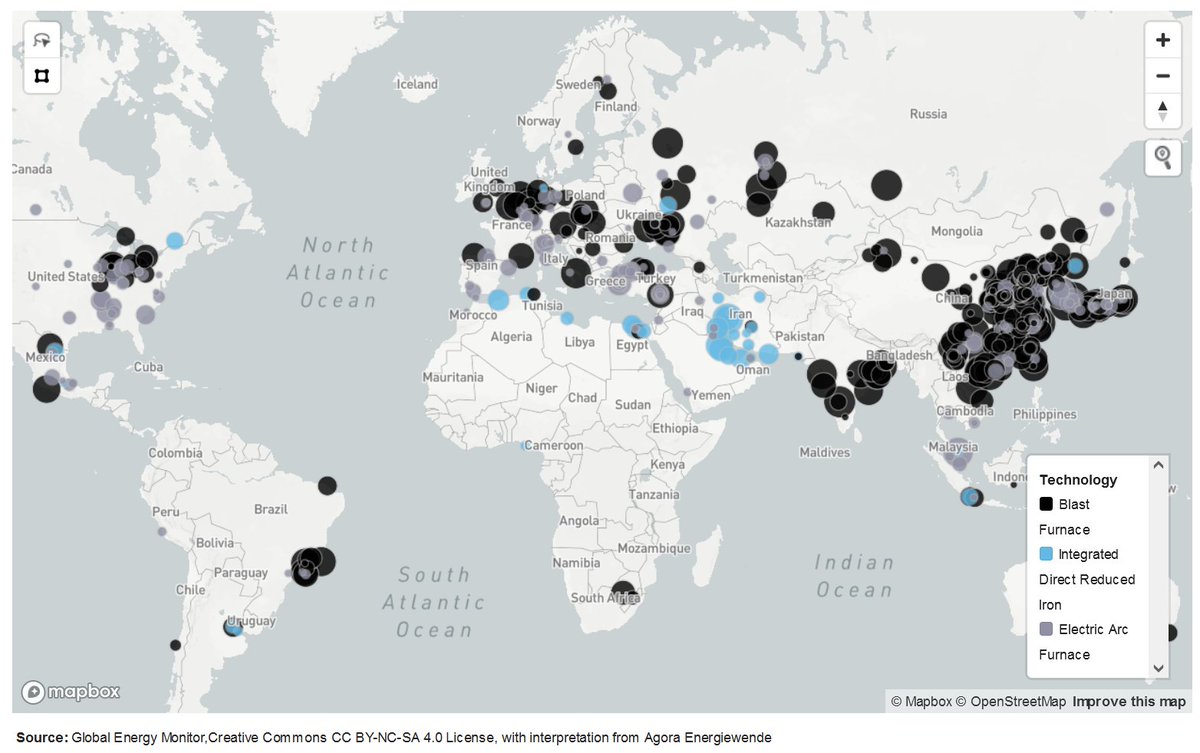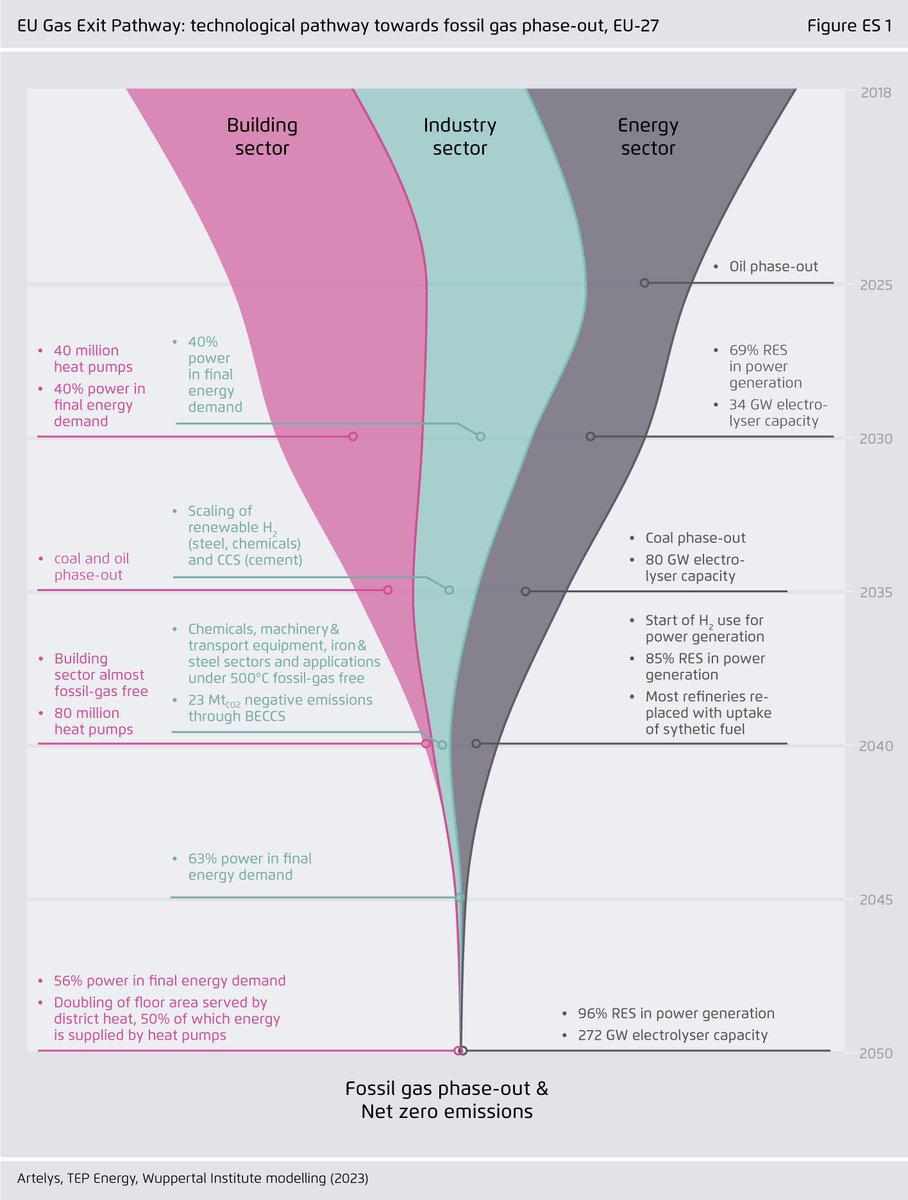Do you already know our #GlobalSteel Transformation Tracker? Our new online tool provides insights on the status quo of #steelproduction worldwide, to the necessary reinvestments, announcements of #greensteel production before 2030 and more. Ready for some insights? 👇 #COP26 1/7 

Where are the steel centres located? Are blast furnaces, integrated direct reduced iron or electric arc furnace used for production? Our interactive map with data from @GlobalEnergyMon/@caitlinswalec lets you explore steelmaking around the world. 2/7 

Our #GlobalSteel Transformation Tracker visualises the required reinvestments of a country’s #blastfurnace fleet from 2021-2050. That most of the blast furnaces will reach the end of its working life before 2030 is an opportunity to replace them with low-carbon technologies. 3/7 

You can further explore the announced #lowcarbonsteel capacity grouped by technology & country. And by the way: The first industrial scale H2-based direct reduced iron (#DRI) plant starts operation in China 2021/2022 – low-carbon steelmaking is ready for deployment. 4/7 

Track the progress of the #globalsteeltransformation or look at country-specific data whether low-carbon steel announcements are sufficient to replace coal-based capacity in the 2020s. Get an understanding for job effects in the context of a #justtransition for steel workers. 5/7 

Try our interactive tracker here and get all insights on the state of play of the #globalsteel transformation 👉 bit.ly/31vXNpH 6/7
Have you seen the latest #AgoraIndustry publication on #GlobalSteel? The impulse accompanies the tracker and gives more important information on the topic. Find the publication here: bit.ly/3Exe4c2 #COP26 7/7
• • •
Missing some Tweet in this thread? You can try to
force a refresh
















